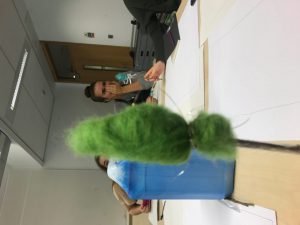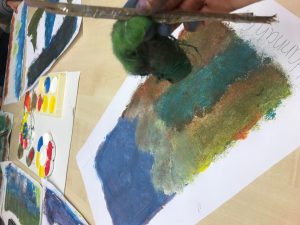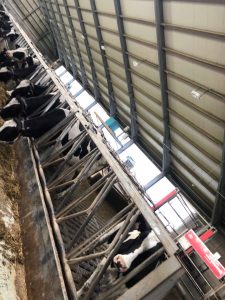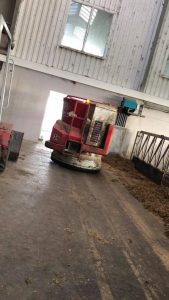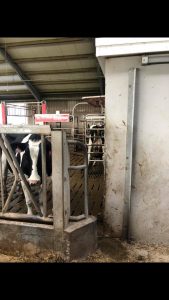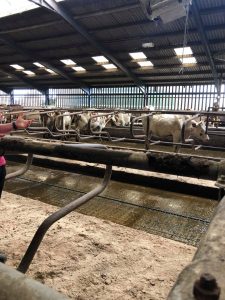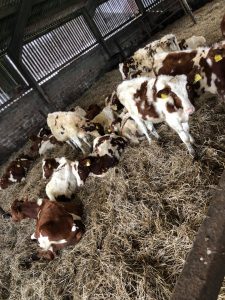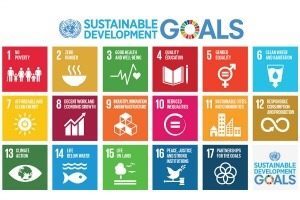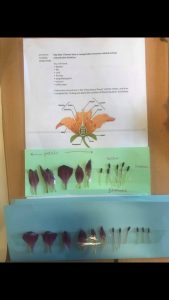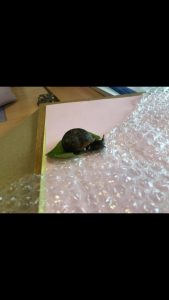This week we started looking at music and the beneficial aspects of it within education. It was mentioned how some practitioners don’t see music as being an important part of the curriculum. It was also said that some teachers express that they are too scared to teach it because they see themselves as not good at it. They feel because they are not a musical person that they can not successfully teach a music lesson.As teachers, we should make sure that every child gets a fair experience of music. They might not be exposed to any kind of music at home and school is an opportunity to experience new things. Music and playing an instrument might be an exciting new activity for a child.The most basic music lesson is still a music lesson. Even if a teacher feels they are not musically minded, there is still wide range of music lessons they can teach without feeling uncomfortable. I feel that music as a lesson, can be created to be extremely fun for the pupils or can be intertwined within other aspects of the curriculum. You can use music within a literacy or art lesson quite easily.
In the music workshop we focused on how music can have an impact on feelings and emotions. We listened to a song and were to create in a story in story-board style which is inspired by the song. My group imagined the song as a chase and adventure between a bear and a family. This was an extremely creative task for all involved and could easily be completed within a primary school. This lesson made me realise the images that music can create in your head and the impact music can have on your imagination. This activity included music linking with writing and literacy, proving that is is easy for music to be linked with other curricular areas and how beneficial musical education can be (Safford and Barrs, 2005).
In drama we participated in our peers micro-teaching presentations and activities. Completing and participating in these micro-teaching activities was a great way to conclude everything that we have learned over the past few weeks. Micro-teaching was hugely beneficial as a learner and as a teacher as we were able to revise all the drama conventions, in different contexts, that we have been focusing on throughout the weeks. After the last micro-teaching presentation, we then learned one last convention: role on the wall. I have never experienced this drama convention before (or I can’t remember it) even though I have complete higher and advanced higher drama. Role on the wall involved drawing an outline of a figure and writing inside the drawing what the pupils imagine the character thinks of themselves. Around the edges of the future you are to write what other characters think of that certain character. We completed this exercise base on a children’s book.
Safford, K. and Barrs, M. (2005) Creativity and Literacy: Many Routes to Meaning [Online] Available: https://clpe.org.uk/sites/default/files/Many%20routes%20to%20meaning%20childrens%20language%20and%20literacy%20learning%20in%20creative%20arts%20work_0.pdf [Accessed: 08 October 2019].


